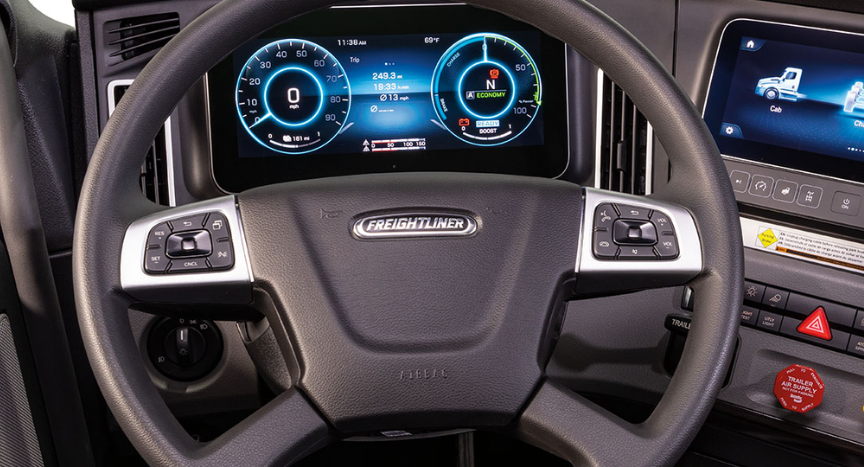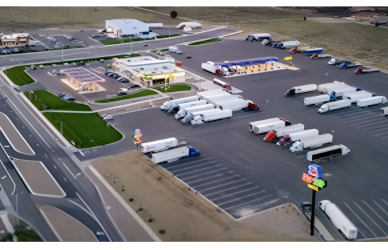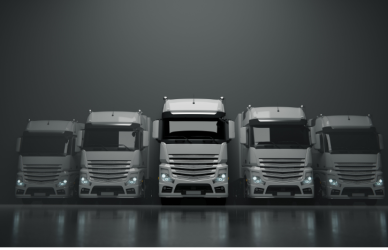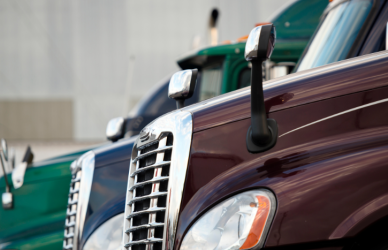As electric trucks gain traction in the industry, two models are often compared: the Tesla Semi and the Freightliner eCascadia. While both promise lower emissions and operational savings, they serve different types of hauls and purposes. Here’s a breakdown of the main differences to help drivers understand what each truck brings to the road.
Range and Charging Needs
One of the biggest differences between these trucks is range. The Tesla Semi offers up to 500 miles on a single charge, catering to long-haul needs where fewer charging stops mean faster, cross-country runs. Freightliner’s eCascadia, with a range of up to 230 miles, is built for shorter, regional deliveries, focusing on urban or intrastate routes that don’t require extended battery life.
Power and Performance
Performance-wise, the Tesla Semi is designed with a three-motor system that can push a fully loaded truck to 60 mph in just 20 seconds, ideal for routes with diverse terrains and steeper grades. Freightliner’s eCascadia focuses on steady, reliable power with its Detroit ePowertrain, prioritizing efficiency for city and regional hauls where stop-and-go traffic is more common.
Charging Infrastructure
Tesla’s investment in dedicated high-speed Semi chargers offers long-haul drivers a network for faster recharges. Freightliner’s eCascadia works within widely available charging stations, supporting 80% charging in about 90 minutes. This setup fits well with the predictable charging needs of regional fleet operators who can incorporate scheduled charging stops during breaks.
Ideal Operations
Each truck’s design makes it better suited for different types of routes. The eCascadia is already a favorite in urban settings, handling last-mile delivery and other local operations with high efficiency. In contrast, the Tesla Semi appeals to long-haul operations, offering range and power for routes where downtime is costly and operational flexibility is key.
Environmental and Financial Benefits
While both models help reduce emissions and potentially cut fuel costs, the long-haul capabilities of the Tesla Semi could lead to more fuel savings over time for extended routes. The Freightliner eCascadia, with its lower upfront cost and range suitable for short hauls, offers a cost-effective, environmentally conscious solution for companies running steady regional routes.
Both the Tesla Semi and Freightliner eCascadia have clear strengths suited to specific types of trucking operations. For drivers and fleets focused on long-distance, high-demand routes, the Tesla Semi could offer the best return. For those in regional and urban settings, the eCascadia delivers efficient, sustainable performance tailored to city and nearby deliveries.











